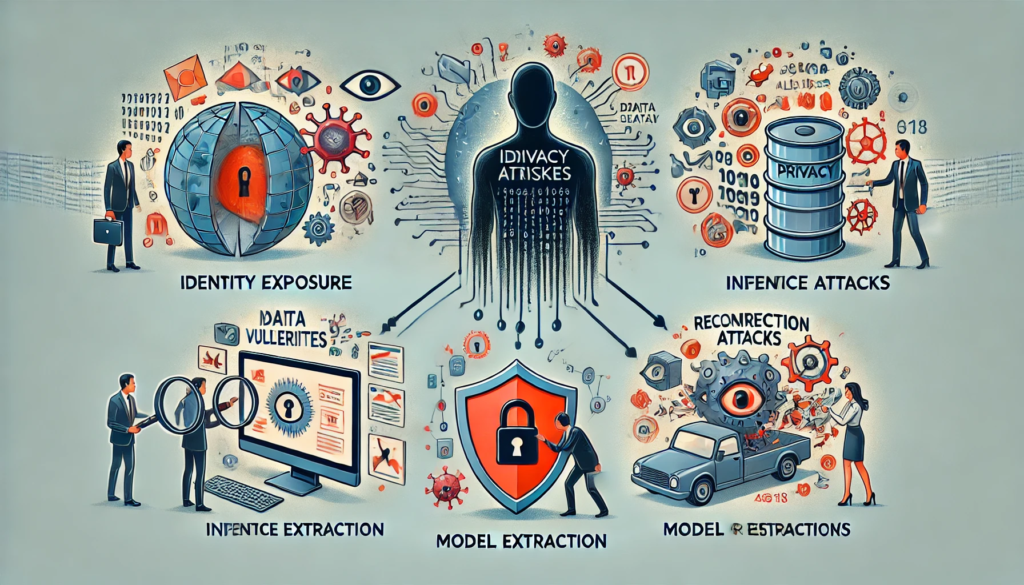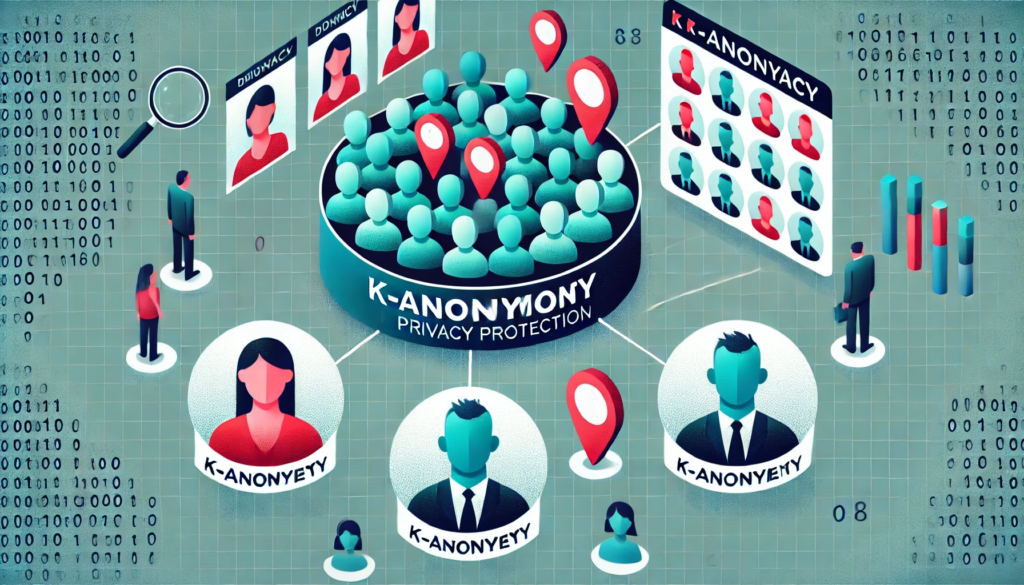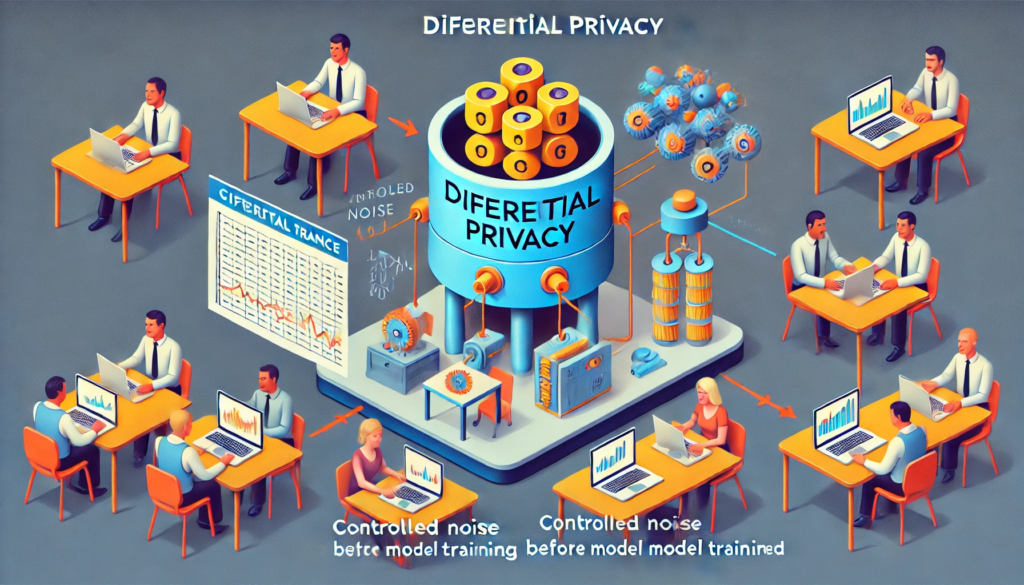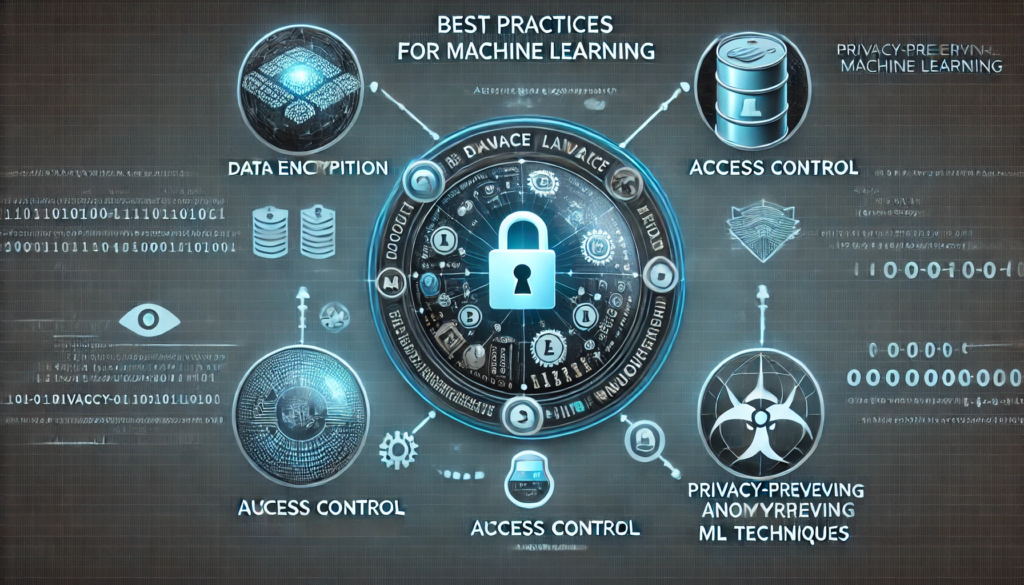Privacy in Machine Learning: Challenges, Threats, and Best Practices 2024
Privacy in machine learning (ML) is a growing concern as data-driven systems become more widespread. Ensuring that ML models do not compromise personal data while maintaining performance and accuracy is crucial. With the rise of big data, AI, and predictive analytics, privacy risks have evolved beyond simple identity exposure to include attacks like reconstruction, membership inference, and model inversion.
This blog explores: ✅ Why privacy is important in ML
✅ Key privacy challenges in machine learning
✅ Threat models and privacy attacks
✅ Best practices for ensuring privacy in ML models
Why is Privacy Important in ML?
Machine learning systems depend on large datasets, often containing sensitive information such as:
- Personal Identifiable Information (PII) – Names, addresses, social security numbers.
- Medical Records – X-ray images, health conditions.
- Financial Data – Credit card transactions, bank records.
🔍 Privacy Risks in ML Models:
- Unauthorized access to raw datasets.
- Inference attacks that expose sensitive data.
- Model extraction, allowing adversaries to recreate proprietary models.
- Bias in data leading to unfair predictions.
📌 Example:
A cancer diagnosis AI model is trained on X-ray images. If the raw dataset is compromised, sensitive medical histories could be exposed. Worse, adversaries could use the model’s responses to infer whether a person had cancer.
Privacy Challenges in Machine Learning
Machine learning models are vulnerable to privacy breaches at multiple stages of the pipeline, from data collection to deployment.
1. Identity Privacy
📌 Goal: Protect the identity of data contributors, especially when data may reveal political beliefs, sexual orientation, or medical conditions.
❌ Risk:
- If attackers gain access to partial data, they may still re-identify individuals based on attributes like zip code, gender, and date of birth.
✅ Solution:
- Use k-anonymity to ensure data groups contain at least k individuals for each attribute combination.
- Apply differential privacy to add noise and prevent singular data points from affecting model output.
2. Raw Dataset Privacy
📌 Goal: Protect raw datasets that may contain sensitive information.
❌ Risk:
- If an ML model learns from smart home energy usage patterns, a leakage of raw training data could reveal when homeowners are away, enabling targeted burglaries.
✅ Solution:
- Encrypt datasets before storage using state-of-the-art encryption methods.
- Store datasets separately from identifiers to prevent re-identification.
3. Feature Dataset Privacy
📌 Goal: Protect feature datasets used for training and validation.
❌ Risk:
- Even after removing PII, attackers can reconstruct original data using feature correlations.
✅ Solution:
- Use privacy-preserving transformations like feature hashing to obfuscate key information.
4. Model Privacy
📌 Goal: Prevent adversaries from stealing or reverse-engineering ML models.
❌ Risk:
- Attackers can train a replica model by querying an ML API, violating intellectual property rights.
✅ Solution:
- Implement query rate limits and watermark models to detect unauthorized use.
- Limit model exposure using access controls.
5. Input Privacy
📌 Goal: Prevent sensitive inputs from being leaked through model responses.
❌ Risk:
- In a medical ML system, users may unintentionally reveal their health data just by querying the model.
✅ Solution:
- Apply Secure Multi-Party Computation (SMPC) to process sensitive inputs without exposing raw data.
- Limit model response details to prevent information leakage.
Threat Models & Privacy Attacks in ML

Machine learning privacy threats come from two adversary types:
🔹 White Box Adversaries – Have full access to the model structure and parameters.
🔹 Black Box Adversaries – Only interact with the model via queries.
1. Membership Inference Attacks
📌 Goal: Determine whether a specific record was used in training.
🛑 Impact:
- Attackers can check if a patient’s medical record was included in a disease prediction model.
✅ Defense:
- Use differential privacy to limit model memorization of individual data points.
2. De-Anonymization Attacks
📌 Goal: Re-identify individuals from anonymized datasets.
🛑 Impact:
- A dataset that removes names and emails may still reveal identities based on zip code + birthdate.
✅ Defense:
- Apply k-anonymity and generalize sensitive data (e.g., use year of birth instead of exact date).
3. Reconstruction Attacks
📌 Goal: Reverse-engineer raw training data from model parameters.
🛑 Impact:
- Attackers reconstruct face images from an AI face recognition model.
✅ Defense:
- Use encrypted model training and homomorphic encryption to protect feature datasets.
4. Model Extraction Attacks
📌 Goal: Replicate a model by sending queries and observing outputs.
🛑 Impact:
- Adversaries can steal proprietary AI models and avoid paying for API access.
✅ Defense:
- Implement rate limits and monitor query patterns to detect suspicious behavior.
5. Model Inversion Attacks
📌 Goal: Infer sensitive details about the training dataset.
🛑 Impact:
- If an AI predicts loan approvals, attackers may infer race, income level, or zip code of users.
✅ Defense:
- Reduce model explainability to limit exposure of feature importance.
Techniques to Preserve Privacy in ML
There are two primary privacy-preserving strategies:
1. k-Anonymity

- Ensures that each individual in a dataset is indistinguishable from at least k others.
- Example: Reporting birthdates as “Month-Year” instead of full “DD-MM-YYYY”.
✅ Strengths:
- Simple to implement.
- Reduces re-identification risk.
❌ Weaknesses:
- Can lead to loss of data granularity.
2. Differential Privacy

- Introduces controlled noise to prevent individual records from being inferred.
- Used by Google, Apple, and the U.S. Census Bureau.
✅ Strengths:
- Provides mathematical guarantees on privacy.
- Limits membership inference attacks.
❌ Weaknesses:
- Can impact model accuracy.
- Requires careful parameter tuning.
Best Practices for Privacy in ML

🔹 Technical Measures
✅ Implement access controls – Restrict data access to only authorized users.
✅ Enable data encryption – Store and process data using encryption protocols.
✅ Limit logging of sensitive data – Avoid storing unnecessary PII in ML logs.
✅ Anonymize datasets – Remove identifying details before sharing data.
🔹 Institutional Measures
✅ Ethics training for ML engineers – Raise awareness about data privacy risks.
✅ Data access guidelines – Define clear rules for data use and sharing.
✅ Privacy by design – Integrate privacy considerations from the start of ML projects.
📌 Example:
A banking institution implements privacy by design by encrypting customer data before training AI models, ensuring compliance with GDPR and CCPA.
Final Thoughts
Privacy is no longer optional in AI-driven systems. Companies must proactively implement privacy-preserving techniques to protect sensitive data and comply with regulations.
🚀 Want to make your ML models privacy-safe?
✅ Start by integrating differential privacy and data encryption into your workflows!